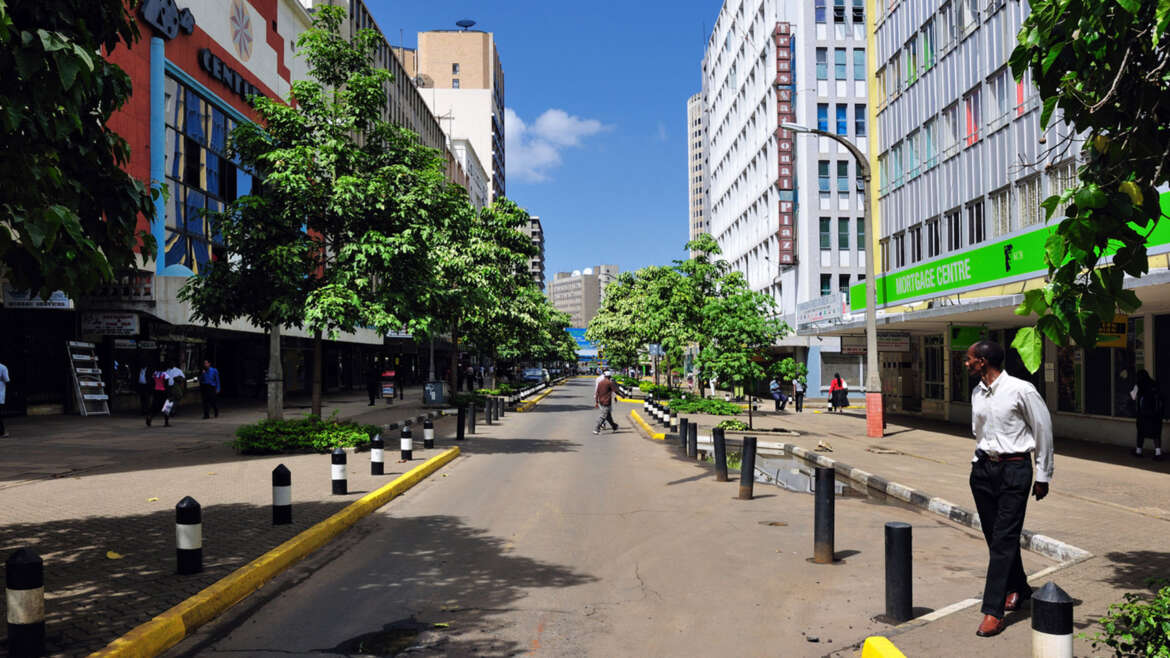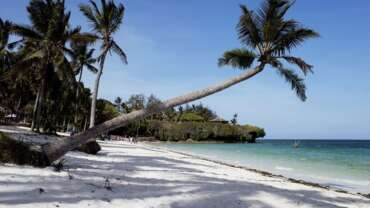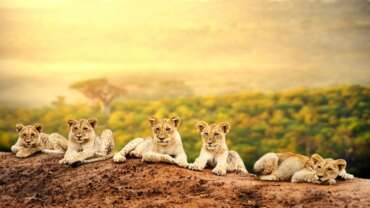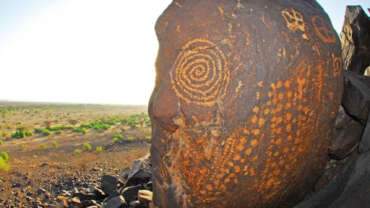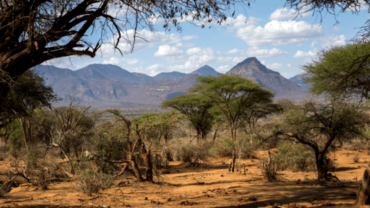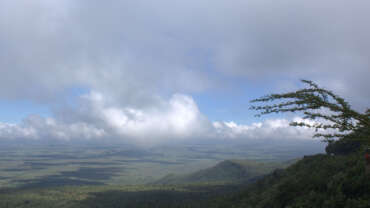Cosmopolitan Cities of Kenya!
Cosmopolitan. This is the best way to describe Kenyan cities. Starting with the ‘World’s only wildlife capital’ of Nairobi city to the Coastal city of Mombasa island, Kenyan cities are modern and the whole world is here. These cities are a buzz with amazing skyscrapers, fun nightlife and an urban culture to admire and adopt. On a city tour, you could experience the rich history dotting different sections of the city, take lovely pictures of the cities at night or even experience the real city life of city dwellers on the streets.
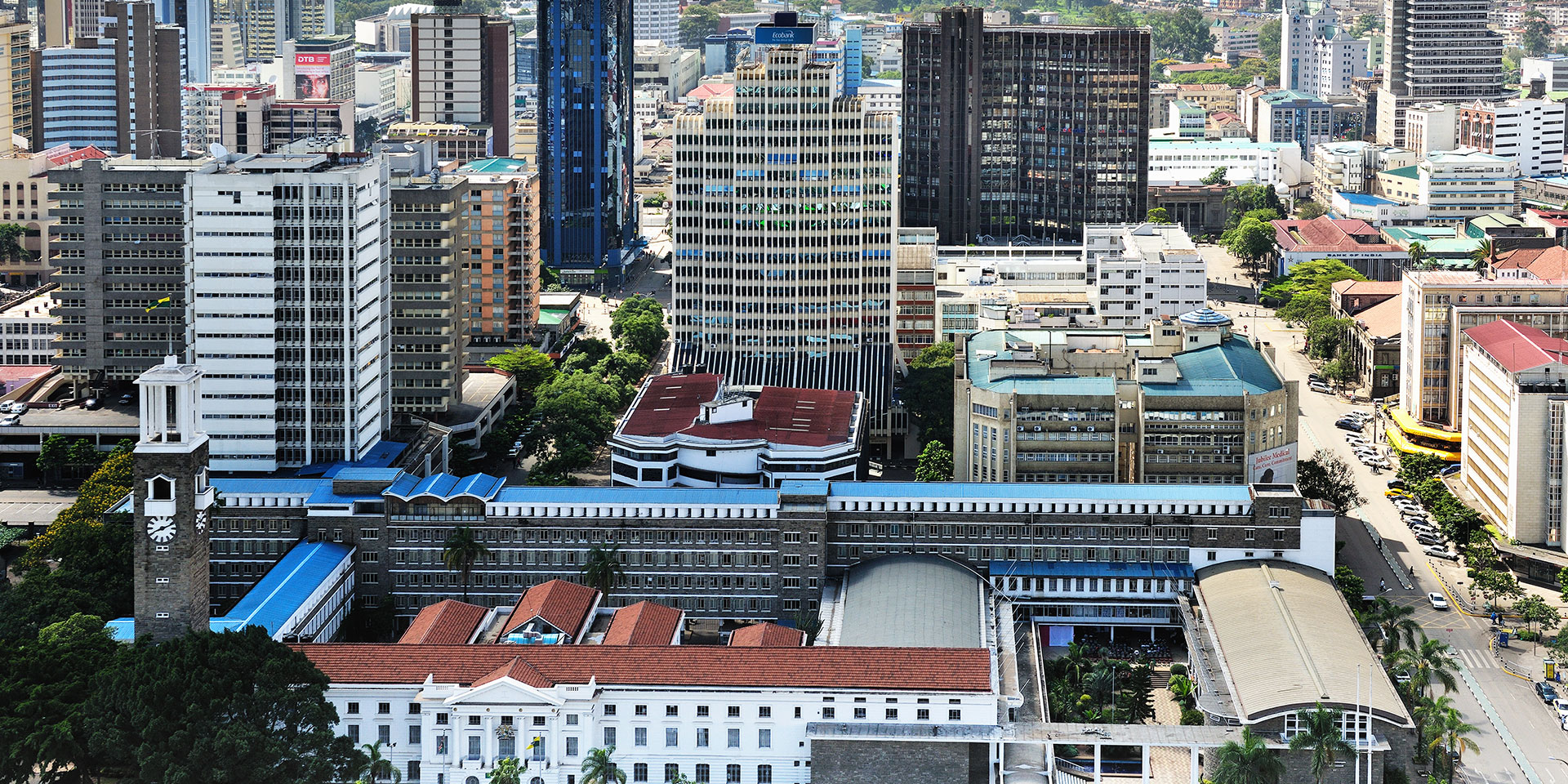
Nairobi
Kenya’s capital city has risen in a single century from a brackish uninhabited swampland to a thriving modern capital.
Modern Nairobi is still the safari capital of the Africa, but the modern world has quickly caught up with the city. A frontier town no more, Nairobi is one of Africa’s largest, and most interesting cities.
Nairobi is a city that never seems to sleep. The entire town has a boundless energy, and is thriving place where all of human life can be found.
This is a place of great contrasts where race, tribe and origin all become facets of a unique Nairobi character.
The city has not lost its sense of the past, with an excellent museum and the historical home of Karen Blixen, author of Out of Africa open to visitors.
This is not a modern capital separated from the great wilderness that surrounds it. Just outside the city is Nairobi National Park, 113 sq. kms of plains, cliffs and forest. The park is home to large herds of zebra, Wildebeest, Buffalo, Giraffe and more. Rhino, Cheetah, and a large number of Lions are all found here, living wild within 20 minutes of the centre of town.
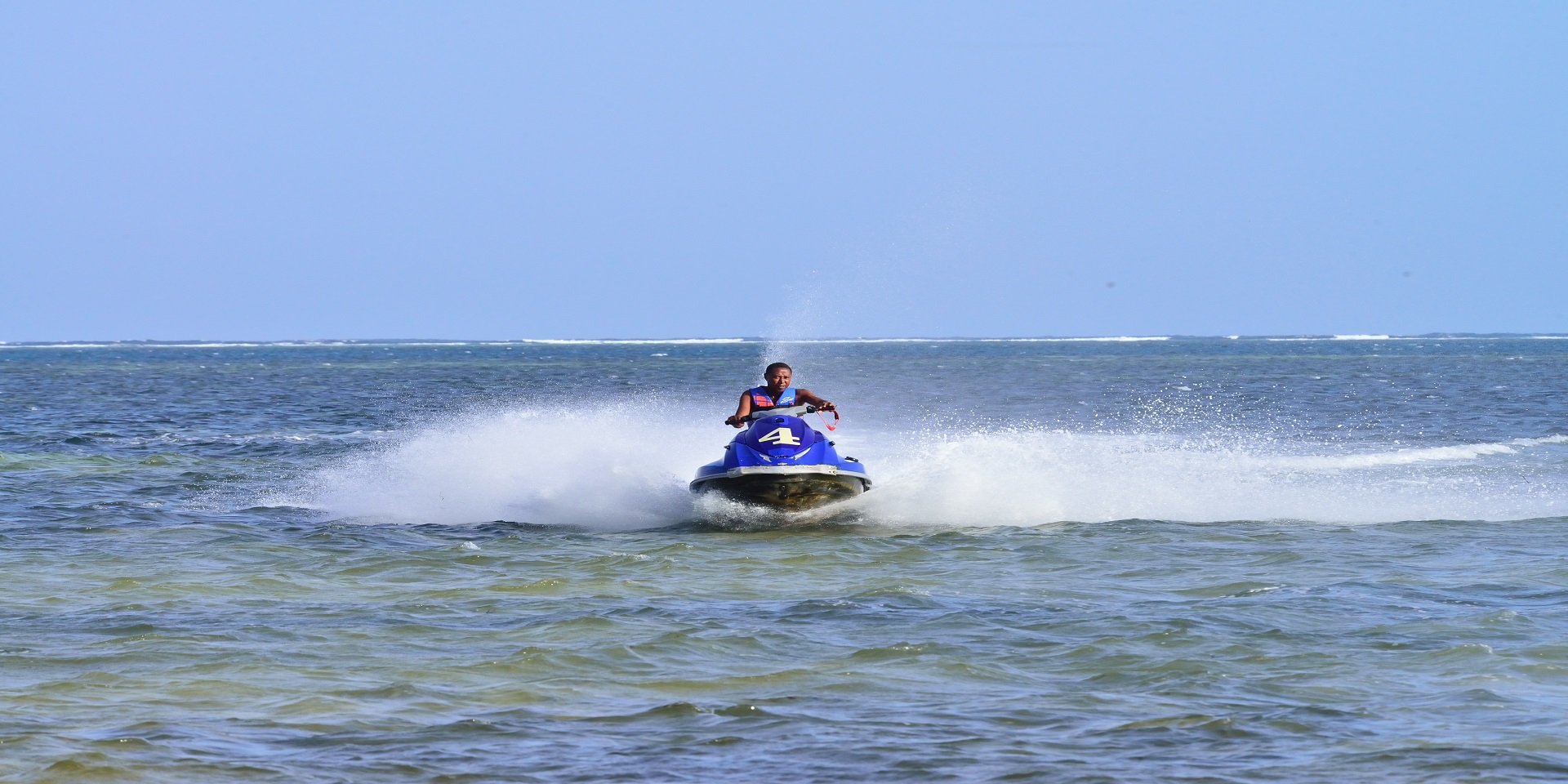
Mombasa
Mombasa is a place steeped in history, yet at the same time fascinating commercial and cosmopolitan port town.
Mombasa is an island connected to the mainland by bridges and ferries. The town overlooks a wide harbor, where commercial shipping mingles with traditional sailing dhows.
The true heart of Mombasa is found in the exotic old town, among the narrow winding streets and Arab architecture. The air here is always heavy with the scent of spices.
At the water’s edge is Fort Jesus, an imposing fort that stands watch over the harbor.
The high gun turrets, battlements and underground passages of this 16th Century Fort were the centre of a historic struggle for control of the Kenya coast between the Portuguese army and the Shirazi Arabs. This war was waged around Mombasa over hundreds of years and countless battles, and the Fort stands as a testament to this tumultuous past.
Modern Mombasa is a city of great diversity and life. This is a town were all are welcomed and quickly absorbed into this great coastal melting pot.
Mombasa is a place where both history and progress are greatly valued, where a busy harbor existence is lived at its own unique, tropical pace.
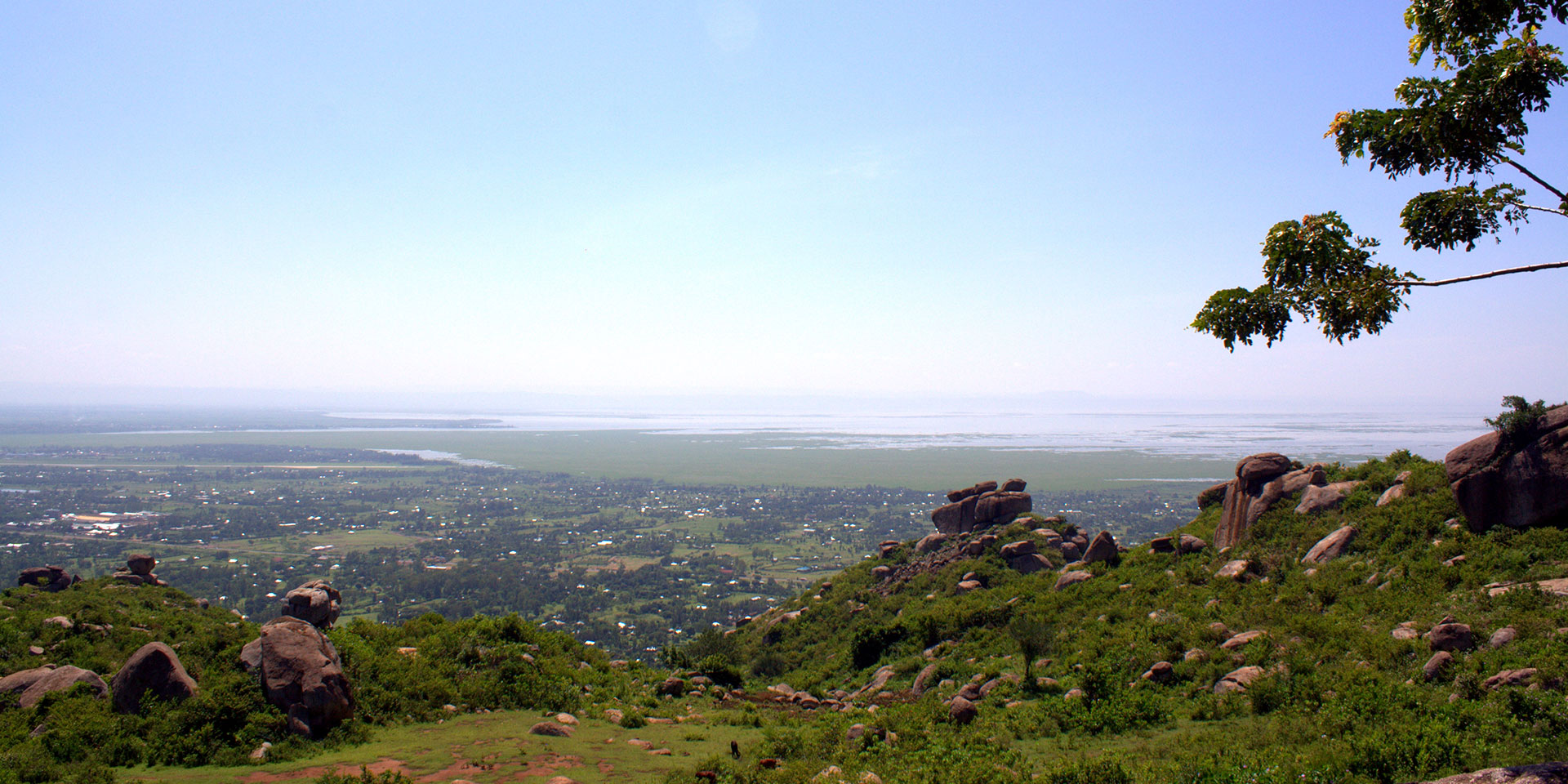
Kisumu
Kisumu City is a quiet port town on the shores of Lake Victoria with wide streets and fine colonial architecture.
Kisumu was awarded City Status in 2001 and has since grown into an attractive urban centre, with an excellent museum, one of Kenya’s largest open markets and excellent facilities for visitors.
Located just a Kilometer from Kisumu’s central business district is the Kisumu Impala Sanctuary a walking sanctuary and holding area for animals which require special protection in this densely populated area. Herds of impalas and zebras roam freely in the sanctuary.
Within the sanctuary is an animal orphanage that contains a collection of caged lions, leopard, cheetahs, baboons, hyena, jackals, bush duikers, bush buck and buffaloes.
To the south of Kisumu City fishing villages line Lake Victoria towards the broad waters of Homa Bay. This area is home to Ruma National Park, a small but attractive park with many unique species.
The best way to appreciate the beauty of this region is on the lake itself. The sun shines brightly, and gentle breezes rise from the water.
In trees along the shore, Fish Eagles call to each other with long haunting cries. Sunsets turn the water to gold, as the local fisherman in their canoes pull in their nets and slowly turn for home.



